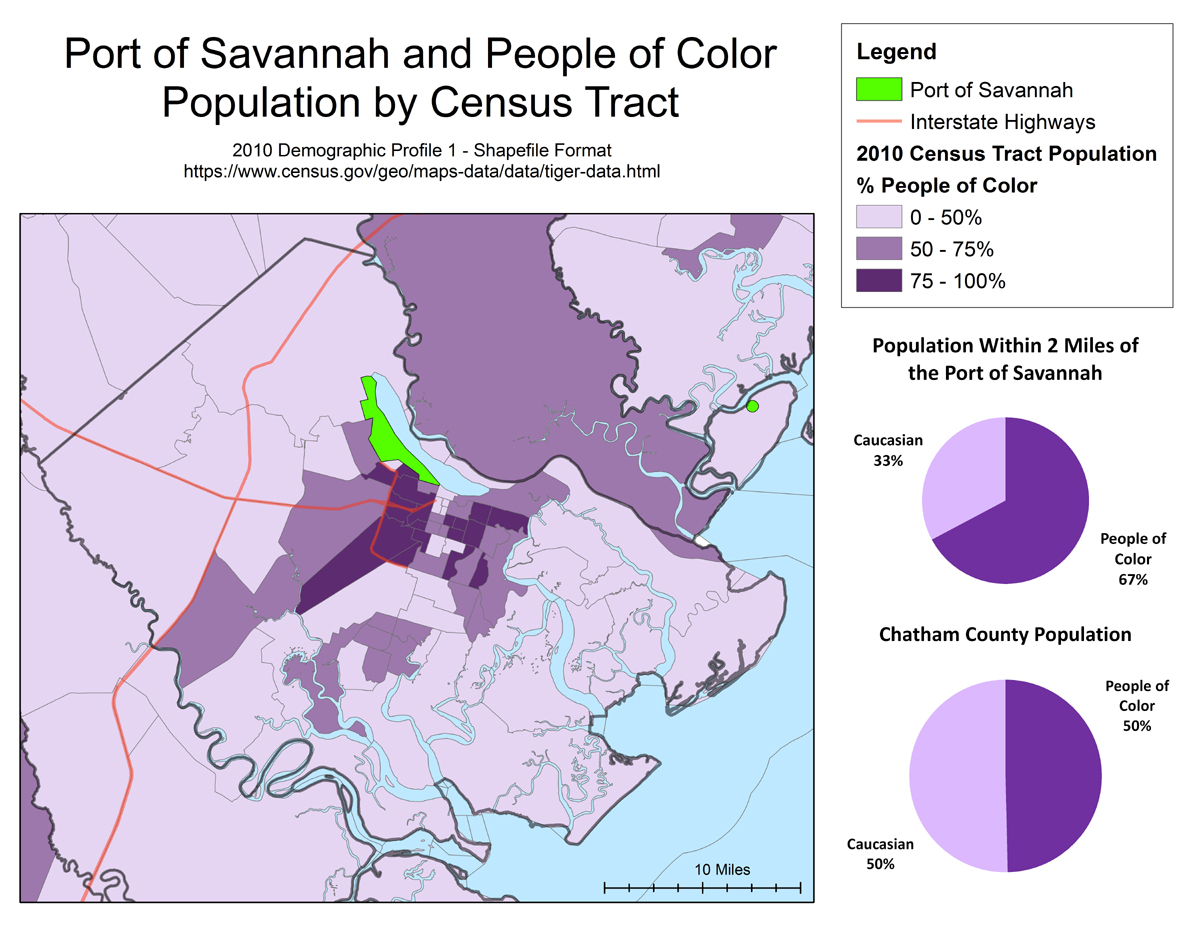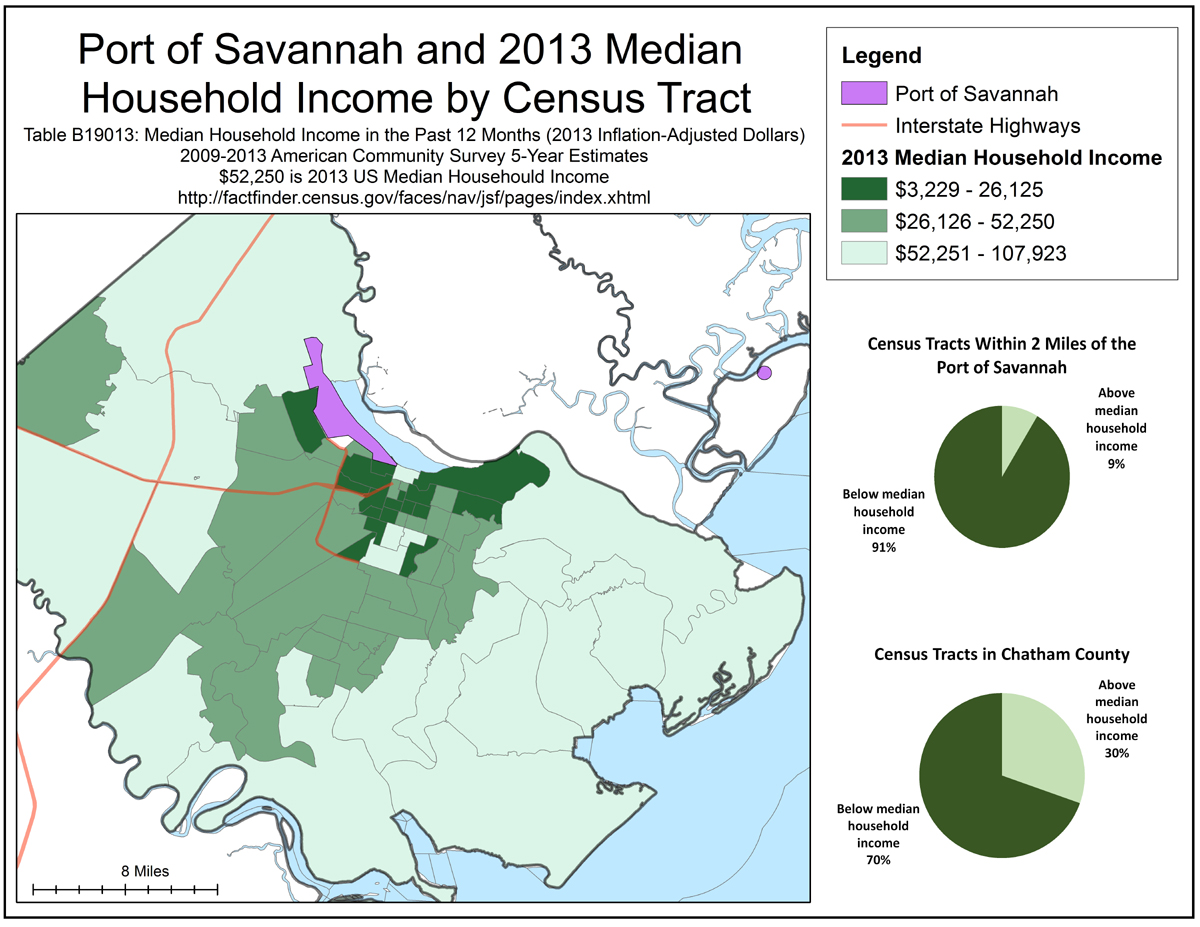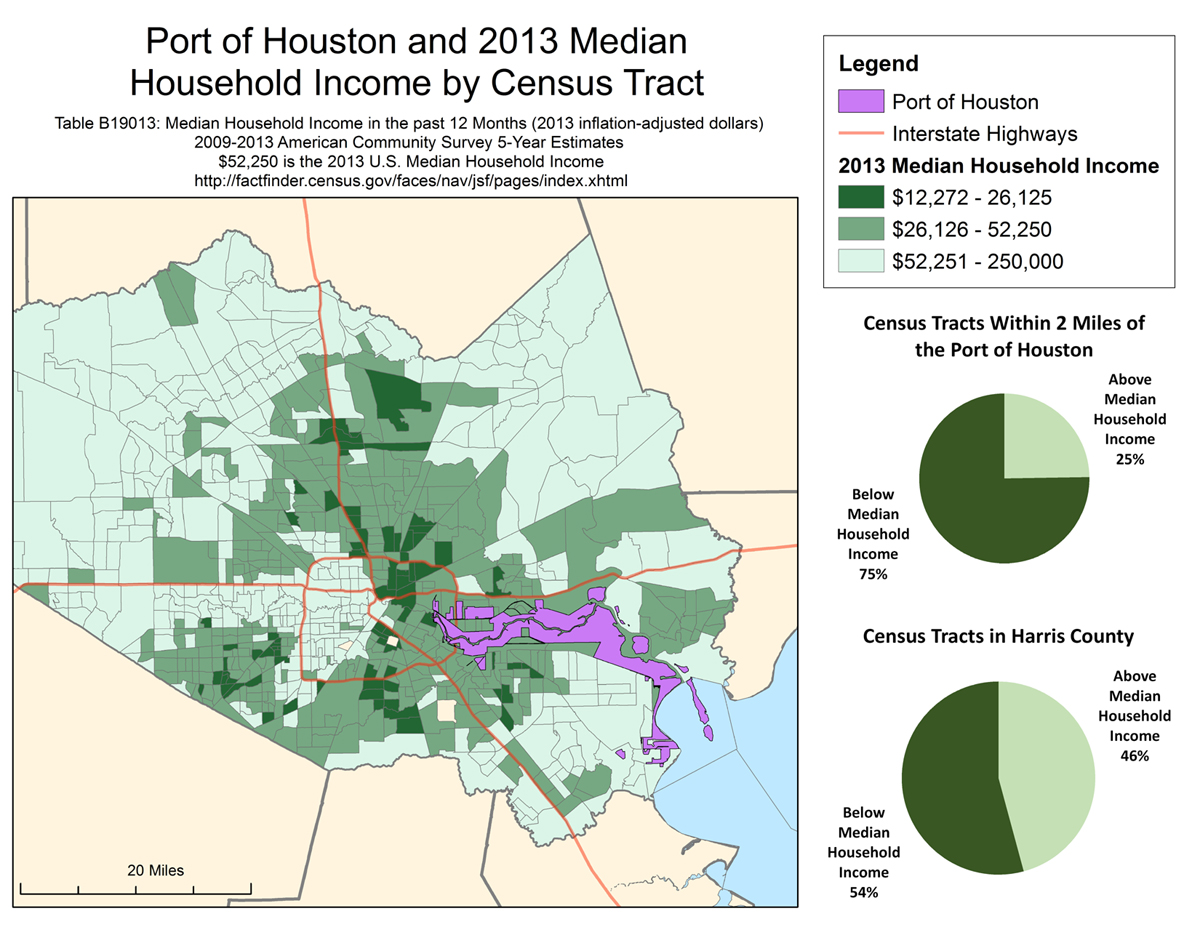Ports Primer: 4.1 Port Impacts to Local Communities
Ports support and benefit local, regional and national economies through their role in creating jobs and transporting goods. They can also partner with communities to offer workforce development programs, protect the environment and coordinate on land use planning to incorporate community amenities.
However, ports can also create potential challenges for near-port communities who are disproportionately impacted by port operations and related transportation systems. In addition, while ports are major economic engines for local, regional, and national economies, these economic benefits may not be equitably distributed. The near-port communities may not be receiving a fair share of the economic benefits that are flowing to the region.
Additional detail examining potential impacts to near-port communities related to these topics is provided in the Primer:
- Land Use and Transportation – Section 5.0
- Local and Regional Economy – Section 6.0
- Environmental Impacts – Section 7.0
Public Communication
An important way to involve community members in port decisions is through communication about upcoming port authority meetings, newly proposed infrastructure projects, notices of environmental impact documents, port commission meeting minutes, etc. Some ports have websites on which they post agendas, minutes and videos of meetings. Other ports provide communications primarily via email upon request.
Another way that ports can be responsive to the needs of near-port communities is to have a clear point of contact for community issues and complaints. Additionally, having a process or structure in place for receiving community input on port operations and projects that impact environmental conditions can be important for effective engagement.
For examples of ports who provide more extensive communications online:
Port of Long Beach
Port of Los Angeles
Socioeconomic Mapping
Maps can be used as a tool to examine the distribution of income levels and residents of color around ports. For examples, click the Map 1-4 buttons.
Tools for Influencing Port Planning and Operations
Communities can employ a range of strategies for getting involved in port-related issues, including to:
- Stay informed
- Comment on documents
- Join an advisory group
- Educate the community
- Apply for community funding
- Pilot a new program
- Understand jurisdiction and decision-making processes
- Negotiate for community needs
- Lobby elected officials
- Litigate to address community needs
- Engage Board of Directors/Commissioners
For example, one tool for commenting on decision documents is the National Environmental Policy Act (NEPA). NEPA requires federal agencies to analyze the environmental impacts of federal construction projects, permit approvals, and funding decisions and to consider reasonable alternatives to those actions. Members of the public can participate in the NEPA process during public comment periods.
For more information, see the Environmental Impacts section. Additionally, use of existing studies and citizen science (sometimes known as community science) is discussed in the Tools and Resources section of this Primer.















